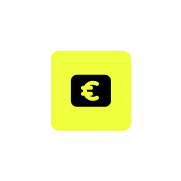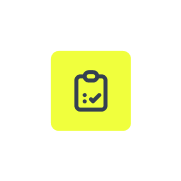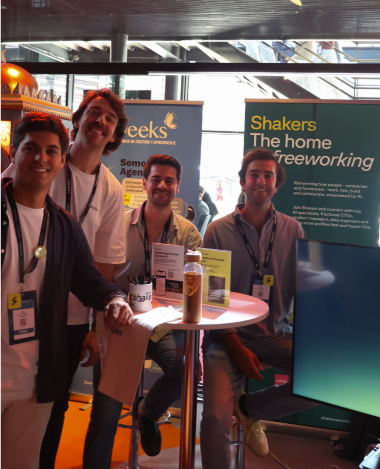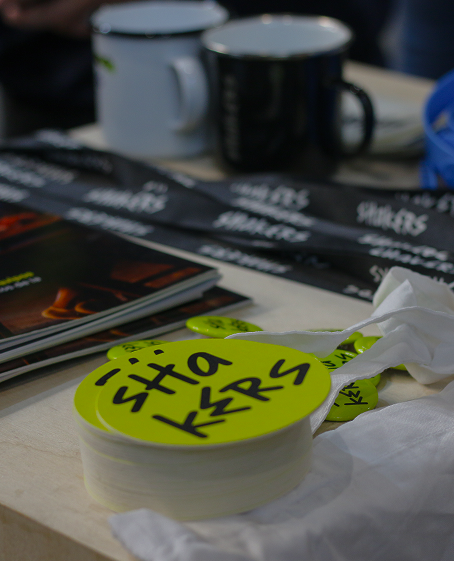A series A and many lessons learned.
2025 has been a pivotal year for Shakers. We closed a €14 million financing round to scale our freelance platform with AI, and we did it thanks to a set of strategic levers that have made the difference: a strong culture, a real alignment between marketing and sales, an obsession for measuring well... and, among them, one that is often underestimated: the events strategy.
Far from seeing events as "nice branding" or as an expense that is difficult to justify, at Shakers, we turned them into a real growth channel. And we did it with focus, structure and clear objectives.
In addition, along the way, we received awards that confirmed that we were going in the right direction, such as the award for the most scalable startup and the most outstanding startup in the Future of Work vertical at South Summit.
That's why we are writing this article: not to tell a little story, but to share with other startups, especially those that have just closed a round, how we think, prepare and activate our event strategy to inspire you (we could have done with reading this a couple of years ago).
If you are designing your roadmap for Q3, this is of interest to you.
A strategy designed for each segment: small business, mid-market and enterprise.
Not all events are for everyone.
At Shakers, we start from a clear framework: every event we attend must make sense for one of our three key segments: small business, mid-market and enterprise and for the different buyer persona profiles we want to reach.

Thanks to this segmentation, we manage to have conversations that matter, activating the right team with the right people at the right time.




























